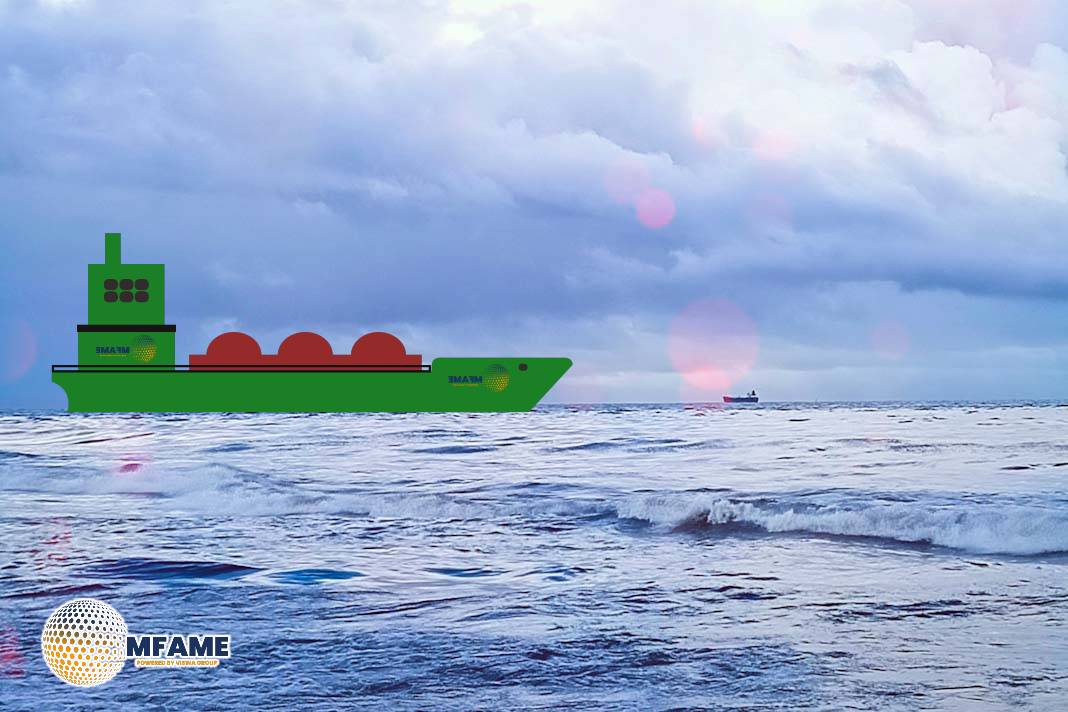- Global Sanctioned Fleet Expands to 1,387 Vessels.
- Tankers Account for 72% of the Restricted Fleet.
- Ageing Ships Dominate High-Risk Trades.
According to the latest insights from Xclusiv Shipbrokers, the global fleet under sanctions comprises 1,387 vessels, the majority of which are older tankers engaged in high-risk trades associated with Russia, Iran, and Venezuela. Tankers make up the bulk of this fleet, totalling 1,004 units, which is about 72% of the entire group, with an average age of 20.4 years. The rest includes 65 gas tankers, 206 general cargo ships, and smaller numbers of container and bulk carriers, reports Safety4Sea.
Tankers Take Centre Stage in the Sanctioned Fleet
Focusing on the tanker category, Aframax/LR2s represent the largest share, with 320 vessels, making up 26.8% of the active fleet in that class—this is the highest exposure among all segments. Following them are Suezmaxes at 17.1% and VLCCs at 16.1%, while MR1s, MR2s, and Panamax/LR1s contribute between 6% and 13%. In total, sanctioned tankers now account for 12.8% of the active tanker fleet, which consists of 7,820 ships, highlighting how significantly restricted trades have altered the landscape of global tonnage.
Aged Vessels Lead the Sanctioned Fleet
The age distribution of the sanctioned fleet is notably vintage. Approximately 82% of these sanctioned tankers are over 17 years old, with 335 vessels between 17 and 20 years and 494 exceeding 20 years. Only 175 are 16 years or younger. In contrast, the active global fleet has 4,814 ships that are under 17 years old and 3,006 that are older, indicating that sanctioned vessels make up just 3.6% of the younger fleet but a substantial 27.6% among the older ones, an increase from 26.1% previously.
Ageing Crude Carriers Take the Lead in Major Segments
When it comes to large crude carriers, the situation is even more pronounced. For vessels older than 17 years, sanctioned tonnage makes up a staggering 60.6% of the Aframax/LR2 fleet, 51.5% of Suezmaxes, and 47% of VLCCs. This disparity far surpasses the potential for replacement, with the global orderbook-to-fleet ratio sitting at a mere 15.6%. According to Xclusiv Shipbrokers, the sanctioned fleet serves as a sort of hidden buffer that, if removed or put on hold, won’t be easily substituted.
Flags of Convenience and Concealed Ownership
The flag data highlights the murkiness of the sanctioned network. Russia, Comoros, and Sierra Leone together account for over a quarter of sanctioned tankers, with Iran, Oman, and Panama not far behind. North Korean, Palauan, and Tanzanian (Zanzibar) flags also make a notable appearance, along with smaller registries from Gambia to Vanuatu. This clustering in more lenient jurisdictions shows a clear intent to dodge mainstream compliance, making it tougher to trace ownership and underscoring the weak governance within this shadow ecosystem.
Challenges to Re-Entry if Sanctions are Lifted
Should sanctions be lifted, most of the sanctioned fleet would find it hard to rejoin legitimate trade. Older ships would encounter significant hurdles in securing insurance, charters, or reinstating their classification due to years of operating without regulation, incomplete maintenance records, and lax flag oversight. Many of these vessels would likely head straight for lay-up or demolition, tightening the active supply just as sanctioned trade volumes start flowing back into compliant channels.
Market Impact and Structural Shifts
Such a transition would shrink available tonnage and drive stronger freight rates and asset values. “The outcome would be a bifurcated market: modern, insurable vessels commanding premium employment and values, while the ageing grey fleet recedes into obsolescence under the weight of its own past,” Xclusiv Shipbrokers concludes.
Did you subscribe to our daily Newsletter?
It’s Free Click here to Subscribe!
Source: Safety4Sea

























